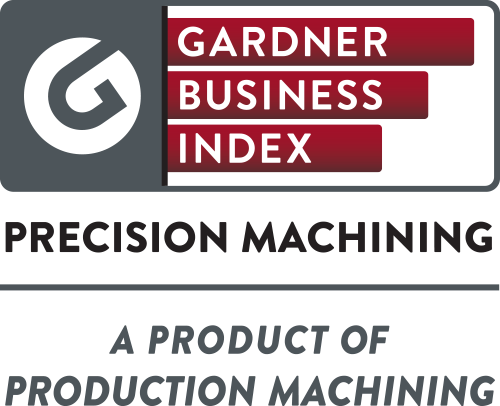Gardner Business Index: Precision Machining March 2016 -- 49.2
Supplier deliveries lengthened for the second time in three months.

With a reading of 49.2, the Gardner Business Index showed that the precision machining industry contracted for the 12th month in a row. However, the index has increased significantly over the previous four months, indicating that the industry reached a bottom back in November 2015. In February, the index was at its highest level since March 2015, which was the last time the index was more than 50.
New orders increased for the first time since March 2015, with the index making a huge jump the previous four months. Production contracted for the 10th month in a row, although the rate of contraction was negligible. While the backlog index contracted for the 19th consecutive month, the index has improved notably since November. The trend in the backlog index indicated that the industry should be nearing its low in capacity utilization. Employment contracted for the eighth consecutive month, but the index has improved fairly consistently since October. Because of the strong dollar, the export index has contracted since March 2014. However, the rate of contraction has slowed the previous three months. Supplier deliveries lengthened for the second time in three months, indicating that activity throughout the supply chain was picking up.
Material prices increased for the first time since June. However, the increase was minimal and well below the rate of increase in material prices from 2013 through the first half of 2015. Prices received at machine shops have decreased every month but one since September. Future business expectations improved dramatically in March, reaching their highest level since March 2015.
Facilities with more than 250 employees expanded for the second time in three months. In those two months, the rate of expansion has been quite strong. Plants with 100 to 249 employees contracted for the second month in a row. Companies with 50 to 99 employees expanded at a significant rate in March for the first time since July. Companies with 20 to 49 employees grew for the first time since April 2015. Shops with fewer than 20 employees continued to contract, but in March they contracted at their slowest rate since September 2015.
For the third month in a row, the Southeast region was the strongest region. However, it was not the only region to expand this month. The West and Northeast regions also expanded in March. While the South Central continued to contract, it was virtually flat this month. The North Central-West and North Central-East continued their relatively long periods of contraction.
Future capital spending plans were at their second lowest level since the survey began in December 2011. Compared with one year ago, spending plans were down almost 33 percent. Despite the decrease in March, recent months have showed that the contraction in capital spending plans was decelerating.


.JPG;width=70;height=70;mode=crop)













.jpg;maxWidth=300;quality=90)
